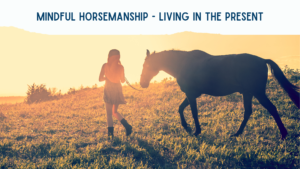
Mindful horsemanship – Living in the present
Living in the present – Enjoying an equine in the moments spent together with no pressure or expectation on the partnership.
Already a member? Please login Here

Living in the present – Enjoying an equine in the moments spent together with no pressure or expectation on the partnership.
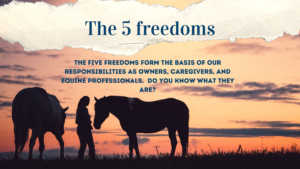
The 5 freedoms was the first widely accepted evidence-based framework to capture the key aspects of animal welfare in one
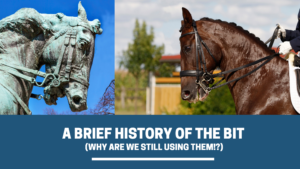
It’s a sad fact that most equestrians bridle their horses without entirely understanding the purpose of the bit, let alone
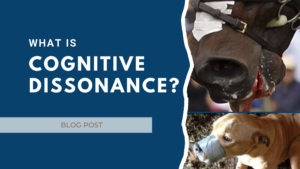
Cognitive dissonance is a mental conflict that occurs when your beliefs don’t line up with your actions. For example: The

We all have an ego. Many people think of someone with an ego as a person who is big headed
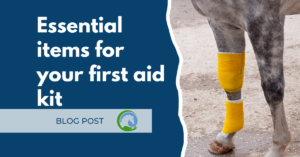
What are the essential items for the first aid kit? There are many items that can be included in a

‘Stable vice’ is a term used to describe undesirable behaviours displayed by stable kept horses. These stereotypical behaviours, once established, can
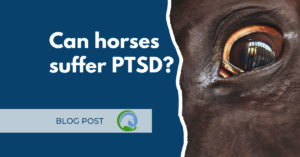
What is PTSD? Post-traumatic stress disorder (PTSD) is an anxiety disorder caused by very stressful, frightening or distressing events. Symptoms
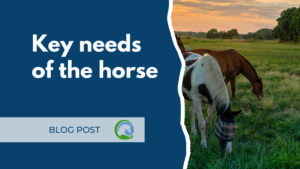
What humans think the horse wants and needs is often not inline with what the horse truly wants and needs.
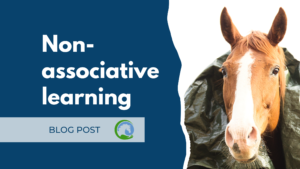
Sensitisation and habituation are examples of non associative learning. Non-associative learning refers to a change in a behavioural response to
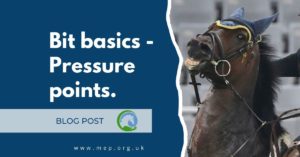
When thinking about bit basics we must be aware of the structure of the horses face and the pressure points

Mindful horsemanship is the practice of paying attention and being aware of what we ask of the horse. The more